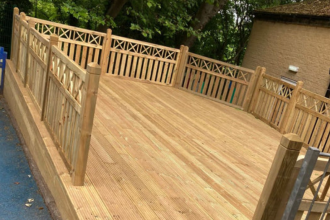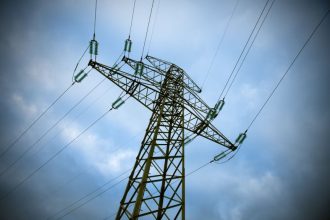As a homeowner, it’s important to prepare yourself against all possible issues that might arise, and a popular issue is that of intrusive wildlife. In the United States, there is a wide range of different animals that are considered pests for homeowners, and that can cause quite a bit of damage.
In this article, we’ll talk about the five most common pest animals that trouble homeowners, as well as give you an idea about the kinds of damage you might expect from them.
1. Raccoons.
These little masked bandits are among the most common concerns for homeowners everywhere. The main thing that attracts raccoons is, of course, food, and these little guys are not picky about their food. It doesn’t matter whether you left the dog’s food bowl out in the open, left a delicious cherry pie to cool on the window sill, or are just sporting some exposed trash – raccoons will be on it.
Because of their not picky nature, raccoons are also quite difficult to stave off, unfortunately, and that’s not good news for homeowners.
If raccoons have identified your home as their favorite food spot, they will most likely look for nearby accommodation. Raccoons are usually drawn to less populated, darkened areas of the home, such as attics, for instance. Here, they will stomp insulation, and are likely to chew on electrical wires, thus creating a serious fire hazard.
2. Squirrels.
While squirrels may look all cute and snuggly on the outside, they are actually quite vicious home intruders that you should not welcome to your property. Squirrels are mainly attracted to nuts and acorns in your yard, but may also be attracted to other food sources, like the ones outlined above.
The main concern with squirrels is that their teeth never stop growing, so they must always chew on something to keep them appropriately filed down. So if a squirrel gets into your home, this puts everything at risk.
An intrusive squirrel is likely to chew on furniture, wooden structures, and electrical wires, thus endangering you and your family. You can identify squirrel presence inside your home by listening to tell-tale noises, particularly at night, in the attic or the walls.
3. Skunks
Obviously, nobody wants to have a skunk visiting their property, largely because of the unpleasant, foul odor associated with the little black and white pests. Like most other animals, skunks are attracted to your property by food, water, and sheltering opportunities.
If you’re dealing with a skunk, as with any of the other animals on this list, we recommend calling MR Wildlife Removal as soon as possible. Don’t attempt to remove the animals yourself, as that might result in injury, or damage to your property. It’s preferable to leave the job to someone with experience and proper, professional wildlife removal tools.
Skunks go largely unchallenged in the animal world, thanks to that foul stench they spray out. However, one thing that’s less known about skunks is that they won’t usually spray you unless they feel really threatened. They only run on a limited supply of spray, and spraying you needlessly leaves them undefended for a while.
4. Opossums
Another popular wildlife home intruder is the opossum who, like the raccoon, just wants food. It will attack your exposed trash cans, your pet food bowls, and your improperly stored leftovers without giving it a second thought.
And like most intrusive wildlife, it’s likely to set up shop right inside your home, which means serious damage to your property. Most common types of opossum damage include torn air ducts and wall damage, thanks to their sharp claws, garden and foliage destruction, and of course sanitary threats.
The presence of wildlife feces on your property exposes you and your loved ones to dangerous bacteria that can turn to life-threatening illness. This is why it is not recommended to attempt to handle wildlife on your own, particularly without adequate protection.
5. Groundhogs
Groundhogs are another really common houseguest for most people, and the last on our list. Groundhogs, unlike the animals we’ve talked about so far, tend to live, as their name suggests, under the ground. And while it’s tempting to assume that implies less damage, that is unfortunately not the case.
Yes, groundhogs spend the majority of their time burrowing underground. But while they’re doing that, they’re targeting your garden and vegetable patch, and can uproot all you’ve worked to plant in a matter of days.
And the damage doesn’t end there. Groundhogs can easily burrow underneath your house, as well, and destabilize your property with their speed, and the amount of earth they dig up. By loosening the soil on which your home is built, groundhogs can put you and your family in serious danger. Which is why you should call a wildlife removal company today.














